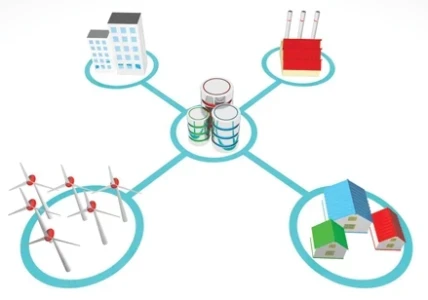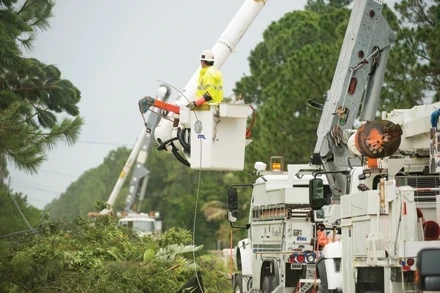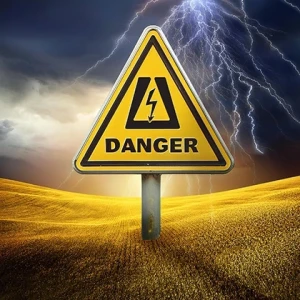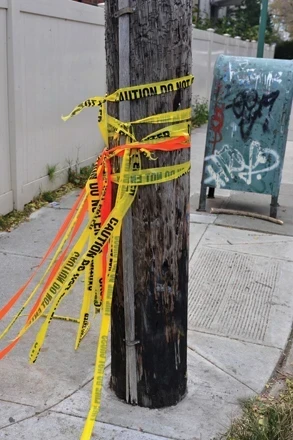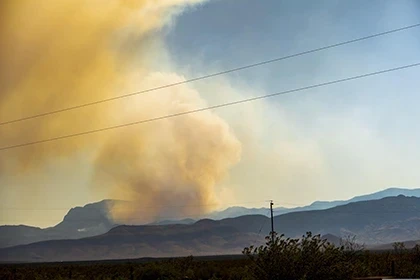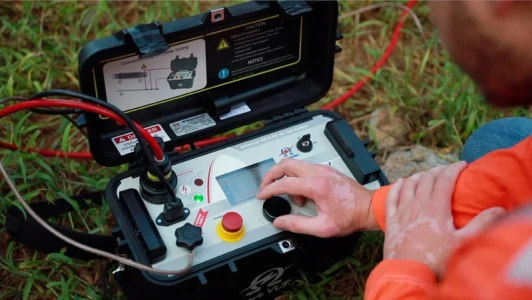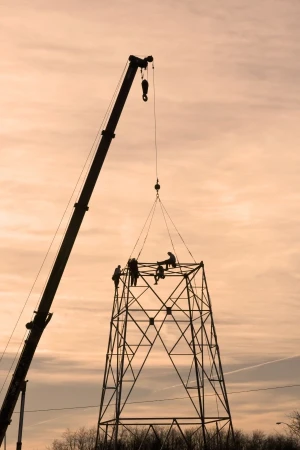Transmission Line Resiliency
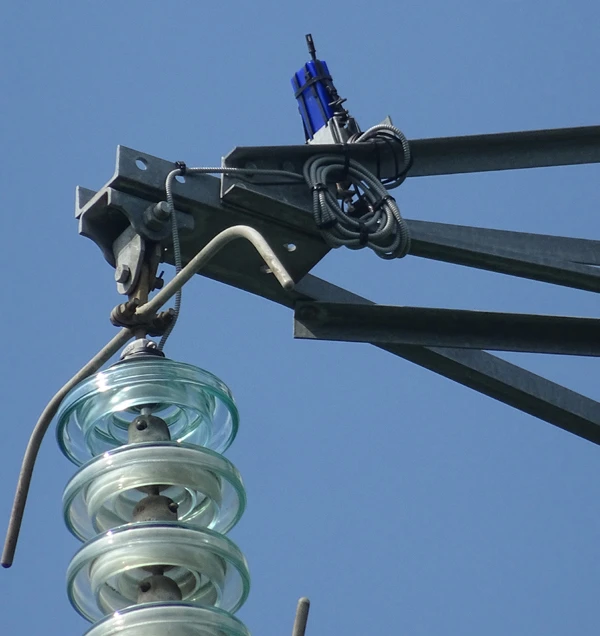
Resiliency is a term used more and more by transmission line stakeholders including designers, operators, and owners. Resilience is simply defined as toughness or the capacity to recover quickly from difficulties. It can be used to describe a system, an object or even a person. Dr. Ginsburg, child pediatrician and human development expert, proposes 7 C’s that make up being resilient – competence, confidence, connection, character, contribution, coping and control. Although some of these words may not be the first choice for describing transmission-line resilience, they surprisingly apply.
Competence is the ability to handle difficult situations effectively. Transmission lines are found in practically every environmental condition and there is an optimum line design for the conditions it must endure. Confidence is the belief in the abilities demonstrated from competence. Transmission line stakeholders must have the highest level of confidence in the materials and practices being utilized. Connection is the tie to others and a sense of belonging. Extensive work by experts around the world have gone and continue to go into the industry standards by which transmission lines are designed and constructed. Character is the strong sense of worth and value. There is no question about the value of a quality transmission line, not only to the stakeholders but to the general public. Contribution is making a difference and bringing improvement. New technologies discovered through innovation and R&D efforts are introduced to improve transmission lines. Coping is being prepared to effectively overcome challenges. A well designed, constructed and maintained transmission line will hold strong through hazardous conditions and the test of time. Control is to monitor, make decisions and take actions. A lack of attention, incorrect decision or avoiding action can take a transmission line out of service or threaten the public.
The 7 C’s clearly show that resiliency is achieved through diligence and a concerted effort. There are many physical elements to a transmission line such as the structures, foundations, wires/conductor, hardware, and insulators. Although insulators are typically less than 2 percent of a transmission line’s total material cost, owners and operators report that they can represent up to 50% of the maintenance costs. This being the case, considerable attention should be given to the proper selection of insulators to attain a resilient transmission line.
Read full article in the Critical Power Reliability Special Edition 2021

